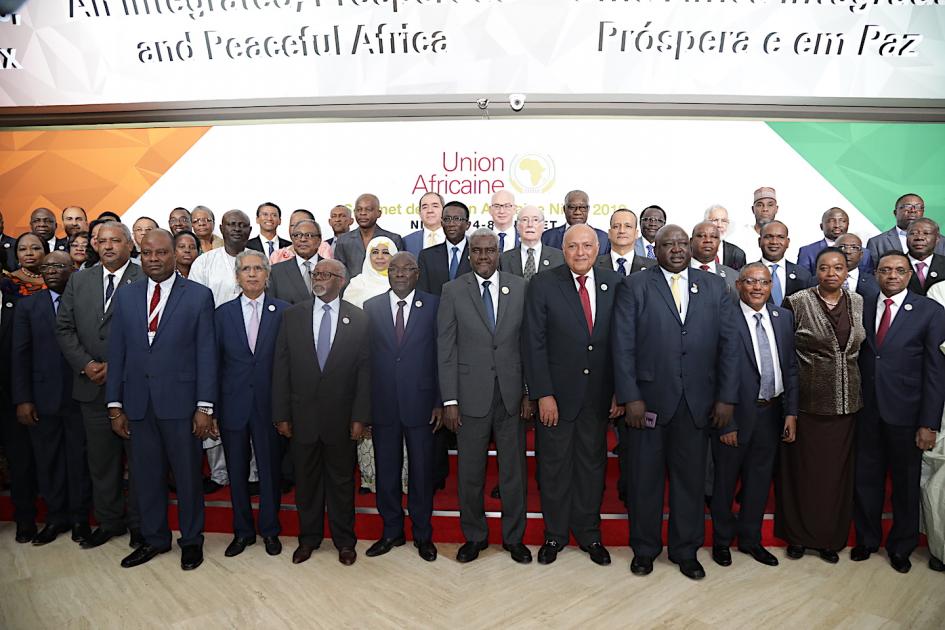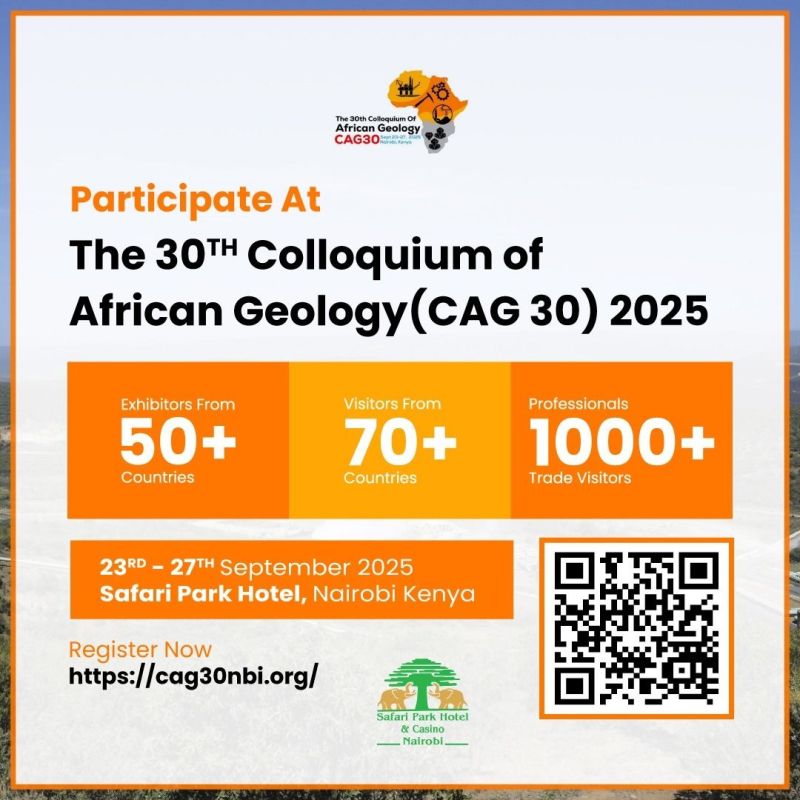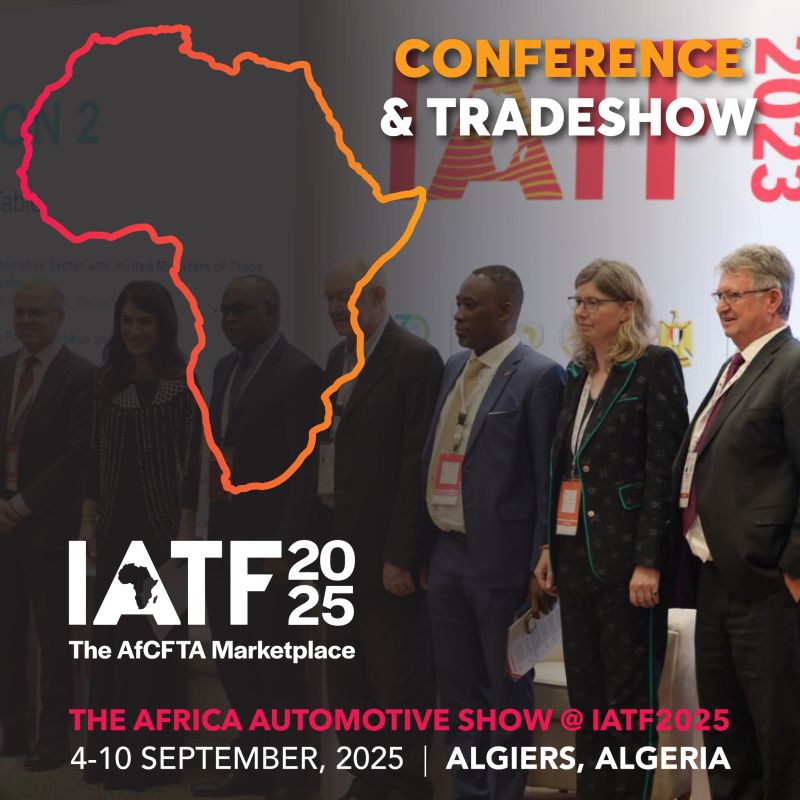The 12th Extraordinary Summit of the African Union, held on July 7, 2019, in Niamey, Niger, marked a historic milestone with the official launch of the operational phase of the African Continental Free Trade Area (AfCFTA). This monumental step represents one of the most ambitious initiatives for economic integration in the continent’s history, aimed at creating a single African market to drive inclusive growth and sustainable development.
From Agreement to Action
The AfCFTA agreement was first adopted and opened for signature on March 21, 2018, in Kigali, Rwanda. It officially entered into force on May 30, 2019, after surpassing the required number of ratifications. As of the launch date in Niamey, 27 countries had ratified the agreement, while 28 others had signed but were yet to ratify. Only Eritrea remained the sole African Union (AU) member state that had not yet signed the agreement.
During the summit, a commemorative plaque was unveiled to celebrate the launch, and Ghana was officially announced as the host country for the AfCFTA Secretariat, a central body tasked with overseeing implementation and ensuring the smooth running of the trade area.
Key Operational Instruments Adopted
The launch was marked by the adoption of five key instruments critical to the successful implementation of the AfCFTA:
- Rules of Origin: These define the criteria under which goods or services can be classified as originating within the AfCFTA and hence qualify for duty-free access. This system ensures fair and regulated trade across borders.
- Tariff Concessions: Member states agreed to liberalize 90% of tariff lines by July 1, 2020. An additional 7% of “sensitive products” will be liberalized over a longer transition period of up to 10 years, ensuring a gradual and balanced implementation.
- Online Mechanism for Monitoring, Reporting, and Eliminating Non-Tariff Barriers (NTBs): NTBs, whether infrastructure-related or administrative, are major obstacles to intra-African trade. This mechanism will allow continuous tracking and resolution of such barriers to promote freer trade.
- Pan-African Payment and Settlement System (PAPSS): Aimed at enabling real-time payments in local currencies across borders, PAPSS will reduce dependence on external currencies and boost trade efficiency. At year-end, net settlements in foreign exchange will be facilitated among central banks.
- African Trade Observatory: This will serve as a centralized online portal providing critical data and trade intelligence, including market information, trade statistics, and exporter/importer databases, to bridge the knowledge gap among traders across the continent.

AfCFTA: A Game Changer for Africa
The AfCFTA is poised to become the largest free trade area in the world in terms of participating countries since the creation of the World Trade Organization. With a current population of 1.2 billion—projected to reach 2.5 billion by 2050—Africa stands to benefit significantly from enhanced economic cooperation.
Expected benefits include:
- Boosting intra-African trade, which currently remains low at around 15–18%, compared to over 60% in Europe.
- Developing regional value chains to stimulate local industries such as manufacturing and agro-processing.
- Enhancing the global competitiveness of African businesses by enabling them to scale and innovate.
- Strengthening Africa’s voice in global trade negotiations through a unified commercial strategy.
Secretariat’s Role and Forward Outlook
The AfCFTA Secretariat, to be headquartered in Accra, Ghana, will be responsible for coordinating implementation, preparing annual work programs and budgets, and ensuring decisions by AU Ministers and Heads of State are executed. Until fully functional, the African Union Commission will serve as the interim secretariat.
The official start of trading under the AfCFTA is scheduled for July 1, 2020. With the operational instruments in place, the coming years will be critical in translating vision into results. As Africa positions itself at the forefront of global trade, the AfCFTA marks the dawn of a new era in continental cooperation, offering a pathway toward economic transformation, job creation, and shared prosperity for all Africans.















